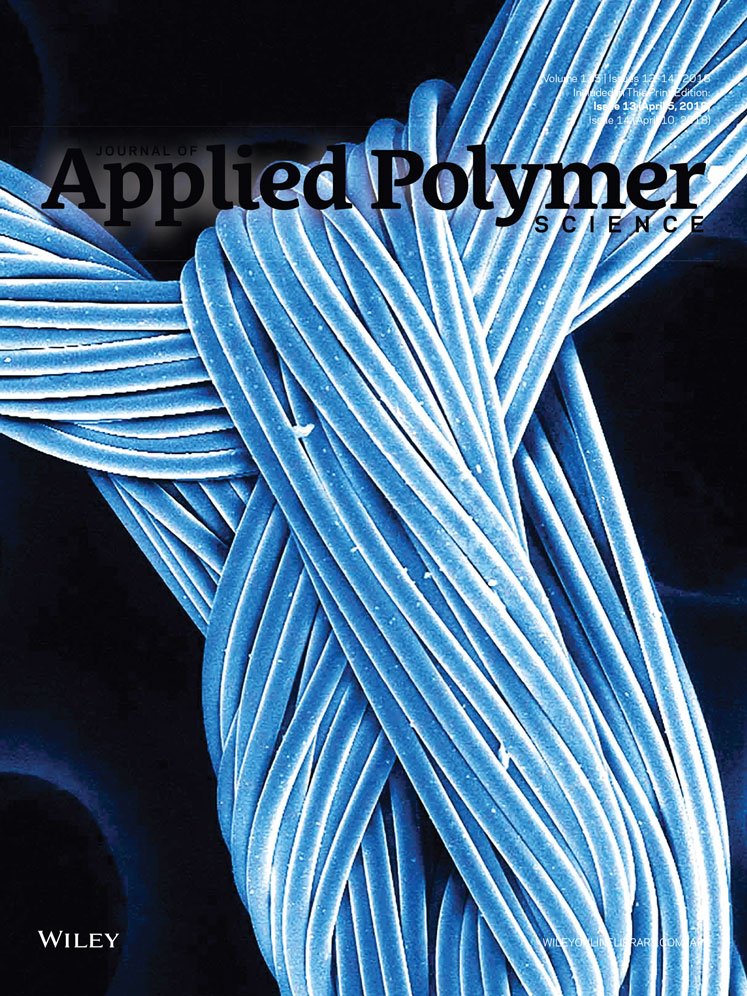Photografted polymeric networks based on N-isopropylacrylamide: Depth profiling by infrared spectroscopy
ABSTRACT
The study presents the application of infrared spectroscopy in attenuated reflection geometry with variable angle of incidence (VA-ATR-FTIR) in analysis of the in-depth distribution of several chemical species in photografted layers. Two types of networks based on N-isopropylacrylamide (NIPA) and one interpenetrated network of NIPA and N,N-dimethylacrylamide (DMA) were produced by UV-induced graft polymerization on polypropylene surfaces. The NIPA-g-PP samples were obtained in two different UV irradiation conditions: under broad band irradiation and using soft UV light (λ > 300 nm). NIPA-co-DMA-g-PP has been obtained using λ > 300 nm. VA-ATR-FTIR spectroscopy revealed the distribution of NIPA and DMA units across the thickness of the probed layer, according to the network type and photografting conditions. The spectral analysis of NIPA-g-PP reveals the influence of irradiation conditions, particularly the UV-B radiation, on the coupling of monomers. For the NIPA-co-DMA-g-PP sample, a slight agglomeration of DMA units near the surface has been observed, which is maybe related to the more reactive character of DMA. According to the nonhomogenous distribution of the NIPA and DMA units inside the grafted layer, the surface contribution can be separated from the bulk one. The depth profile of several chemical species has been finally constructed. © 2017 Wiley Periodicals, Inc. J. Appl. Polym. Sci. 2018, 135, 46048.




